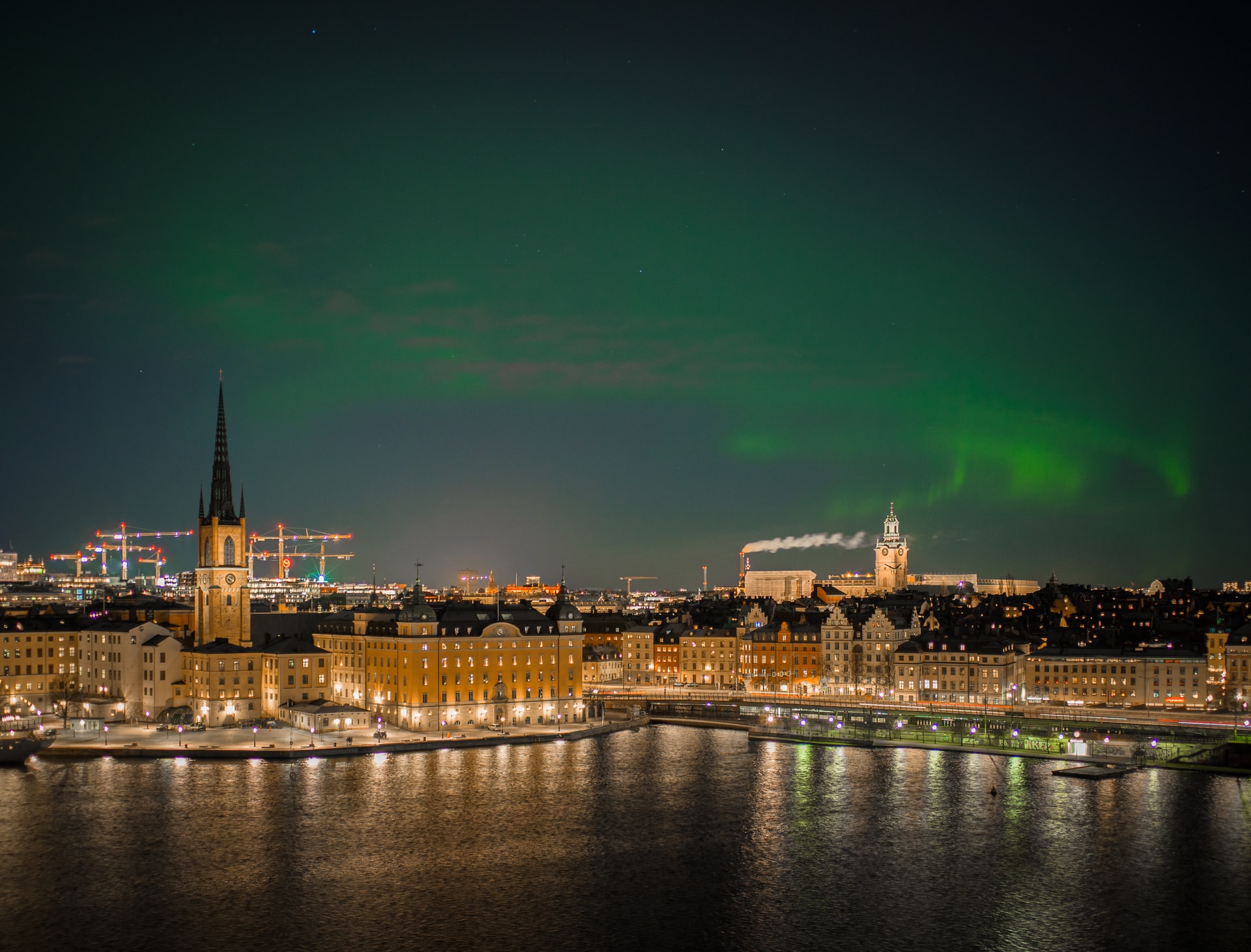
CLIMATE. “The opportunity with the Stockholm + 50 conference is to get us back to focusing on fundamental global risks. At the same time as the ongoing war takes up a lot of attention”, writes Waldemar Ingdahl of the Global Challenges Foundation.
Sweden is hosting, together with Kenya, the UN’s climate conference Stockholm 50+. Fifty years after the UN’s first environmental and climate conference took place, the Stockholm Conference in 1972. It led to the “do no harm” principle, namely that states are obliged to prevent, reduce and control the risks of environmental damage to other states. It also led to the creation of the UN Environment Programme UNEP and the establishment of World Environment Day, held on 5 June each year.
The ambition of Stockholm+50 is to draw attention to the 50th anniversary of the world’s first environment and climate conference and to make courageous science-based decisions to act against contemporary crises in climate and biodiversity, prosperity, and the economy.
The intention is for multilateralism to be discussed as the basis for achieving current goals and future prosperity and well-being and to act as a springboard for reform work. Stockholm+50 is designed as a collaborative and multi-party meeting, open to various participants who are invited to share experiences and initiatives to protect the planet and contribute to sustainable and inclusive development.
As Stockholm+50 is not part of the UN’s climate convention UNFCCC or the convention on biological diversity CBD, the meeting is outside the processes by which the world community makes decisions. Criticism has been leveled at the conference for not appearing to lead to a sharp resolution, which in turn would mean that the conference’s objectives are unclear.
Climate change has been a hot topic and a political priority for a long time, and we are already doing much, at a significant cost.
Greta Thunberg’s famous “blah, blah, blah” speech could perhaps be repeated this year. The situation looks depressingly familiar for an observer who participated during Stockholm + 50 this year and still has last year’s COP26 in fresh memory. Then as now, young environmental activists see the conference as a slow and insufficient way of dealing with acute problems.
Much of the focus of the COP 26 conference ended on the global divide between north and south. The Western world’s efforts to deal with environmental degradation and overpopulation were opposed to the desire of developing countries for industrialization and prosperity. Knowledge of an ongoing environmental crisis is circulating globally, but it was perceived and handled differently by the conference’s different power blocs and countries.
Climate change has been a hot topic and a political priority for a long time, and we are already doing much, at a significant cost.
However, the idea, expressed in Greta Thunberg’s “blah blah blah” speech, that we are not currently doing anything about the problems is unreasonable. It is difficult to think of any other issue where there is such a broad consensus despite a divided world, which includes all major political parties, trade unions, employers’ unions, the research community, and civil society. The consciousness about the issue is clearly present.
It is good to discuss and know where you are going, not least about climate change and biodiversity loss, whose conventions and meetings are so technical. They are closely related but have rarely been discussed. But it is important to see where the problems lie and how risks are affected. This is to prepare for future agreements and upcoming conferences.
There are now so many climate-related instruments that climate and development policy is often messy and inconsistent. The challenge is not to “do more”, but to sort out, rationalize, and streamline the policies to strive for environmental goals more rationally and cost-effectively. Where can the easiest efforts be made, not least in a world strained by war with nuclear threats, pandemics, and what seems to be a severe recession?
To get a kind of overview and try to understand what needs to be done is global “tipping points”.
A tipping point is a critical turning point, where a minor system disturbance initiates a self-reinforcing process that irrevocably drives the system further and further away from its initial state of equilibrium. Ecologists have long been aware of tipping points in local and regional ecosystems. Now they are used to explain and understand shifts in biophysical systems, while the concept was previously used in changes in markets or major crimes in societal patterns and norms.
There are long-term costs of not making well-planned decisions and examining which reforms or new global institutions may be right. Therefore, a scientific understanding and dissemination of knowledge about global decision-making systems is good to discuss. Tipping points are also useful for understanding when the action really has an impact so that we do not stop too soon or stick to it even if its benefit is low.
The Stockholm + 50 conference opportunity is to get us back to focusing on fundamental global risks. This at the same time as the ongoing war takes up a lot of attention. Therefore, it is important to achieve peace on earth and peace with the earth.

info@opulens.se








